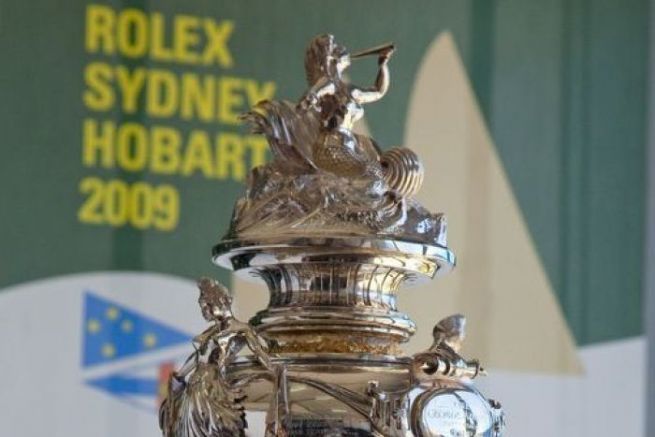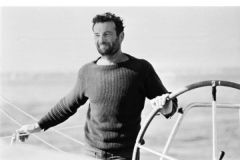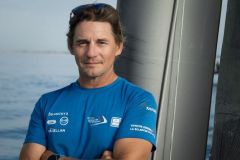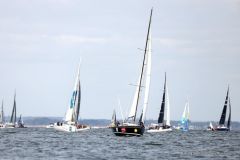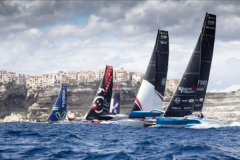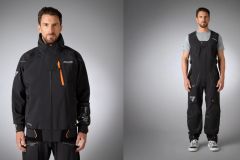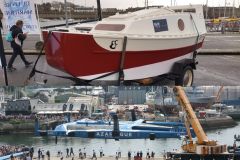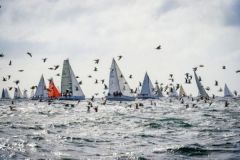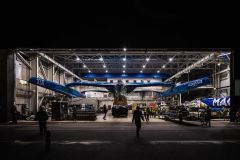Sydney, Australia. It is December 26, 1945. Sir John Illingworth is still the guest of Peter Luke, an avid recreational boater. When the latter suggested that he and his friends go for a trip to Hobart in Tasmania, the subject of Her Most Gracious Majesty, who was also an officer in the Royal Navy, made the famous proposal " Why not make it a race? "
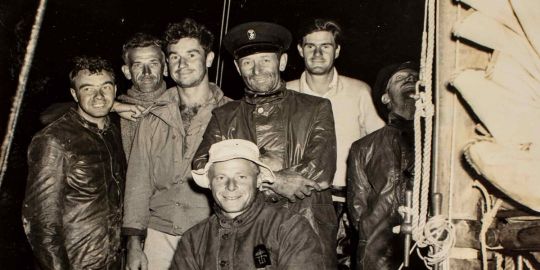
Popular and open
The Sydney Hobart was born. A race of 628 miles ( 1163 kilometers ), with a crew, open to all types of sailboats. The competition starts at 1 p.m. every December 26 ( summer in these southern hemisphere seas ). The presentation of the trophies took place on the following December 31, crowned by a fireworks display in the port of Hobart, Tasmania.
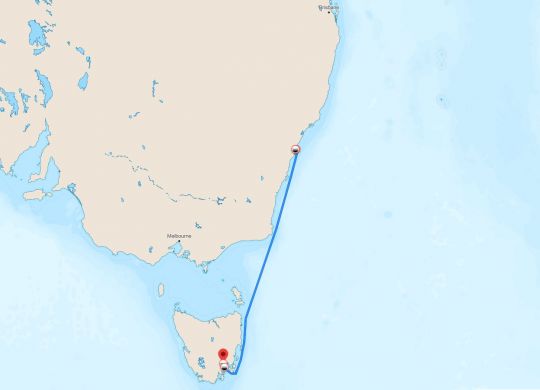
Sea giants on the starting line
Let the mildness of the southern summer not deceive anyone. The race is particularly technical. Once past the peaceful Australian coast, the Bass Strait arrives, the favorite playground of the competitors of this Southern Fastnet. This strait is a trap. Relatively shallow ( 50 m on average ), the waters of the strait are agitated by many currents and populated by many shoals. It is as much to say that the few hours ( about 30 hours for the leading yachts ) that this race lasts are particularly intense for the participants. The competitors can be both sailors at the helm of a maxi such as Comanche ( 100 feet, 47 m of mast euros ) than the 30 footers built by amateurs working in the back of their garage. The Sydney Hobart is commonly regarded as the most grueling ocean race ever.
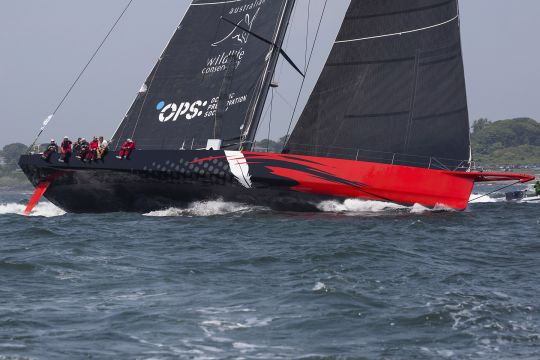
The Sydney Hobart is primarily a speed race, but it is also a handicap race. It gives each competitor the chance to win the Tattersall's Cup, a trophy honouring the one who has set the best compensated time.
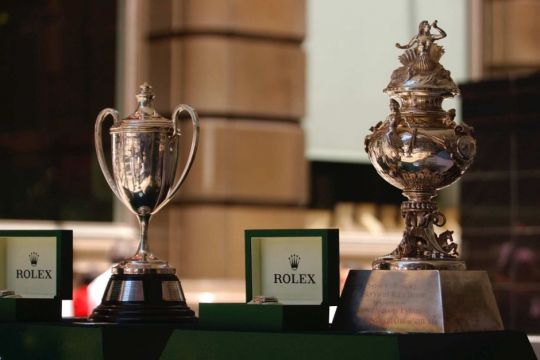
Tabarly, the only French winner
It was this rule of compensated time VS real time that deprived Eric Tabarly - the only French winner of the race - of the trophy in 1967. Although he came first in real time, he only came second in compensated time, handicapped by the excessively deep draft of Pen-Duick III. Indeed, he had to wait 45 minutes in the famous Derwent River, the place of all the sprints and all the madness of the competitors, who will be welcomed, a few miles further, in Hobart, by a happy family celebration over a drink "according to the local tradition.

The 1998 race, a dramatic edition
Fast, violent and demanding, the race can also become dramatic. This was the case in the 1998 edition, where 6 sailors died at sea, 5 boats sank and 55 sailors were rescued. Dantesque is certainly the only word that fits to describe the 90 knots of wind that the competitors encountered in waves of more than 20 meters. To help them, a rescue armada had to be deployed, with 1,000 rescuers, 25 aircraft, 6 rescue boats and a frigate hired to save the sailors.
Proof of the difficulty of the race, the 1984 edition broke the record of 70% of withdrawals, where the average for this race is around 17%.
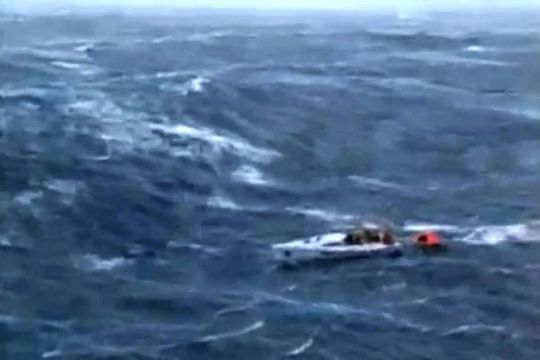
A record of commitment in 1994
From 9 starters entered in 1945 ( with the crossing completed in 6 days and 14 hours ), the race will see 89 boats line up in 2020. The largest fleet was gathered in 1994, with no less than 371 boats entered in the race. The crossing record was achieved in 2017 by Comanche, in 1 Day and 9 hours.
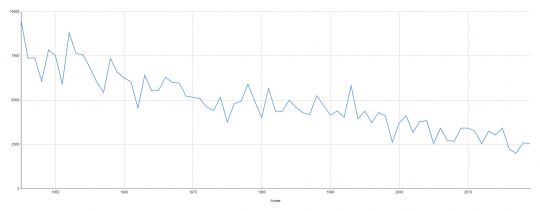
Over 400,000 spectators for this very popular event
While the tradition throughout the Commonwealth is that December 26 is an extraordinary day (in Australia it heralds the beginning of a shopping frenzy), as many as 400,000 people flock to the coast to watch the race organized since 1945 by the Royal Cruising Yacht Club of Australia.
